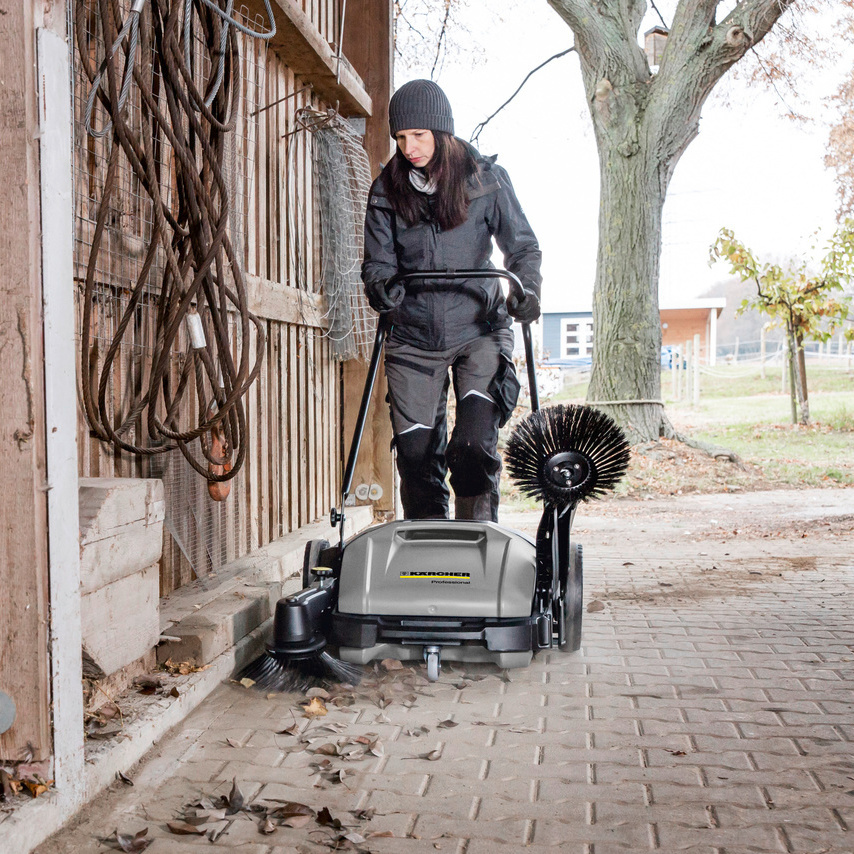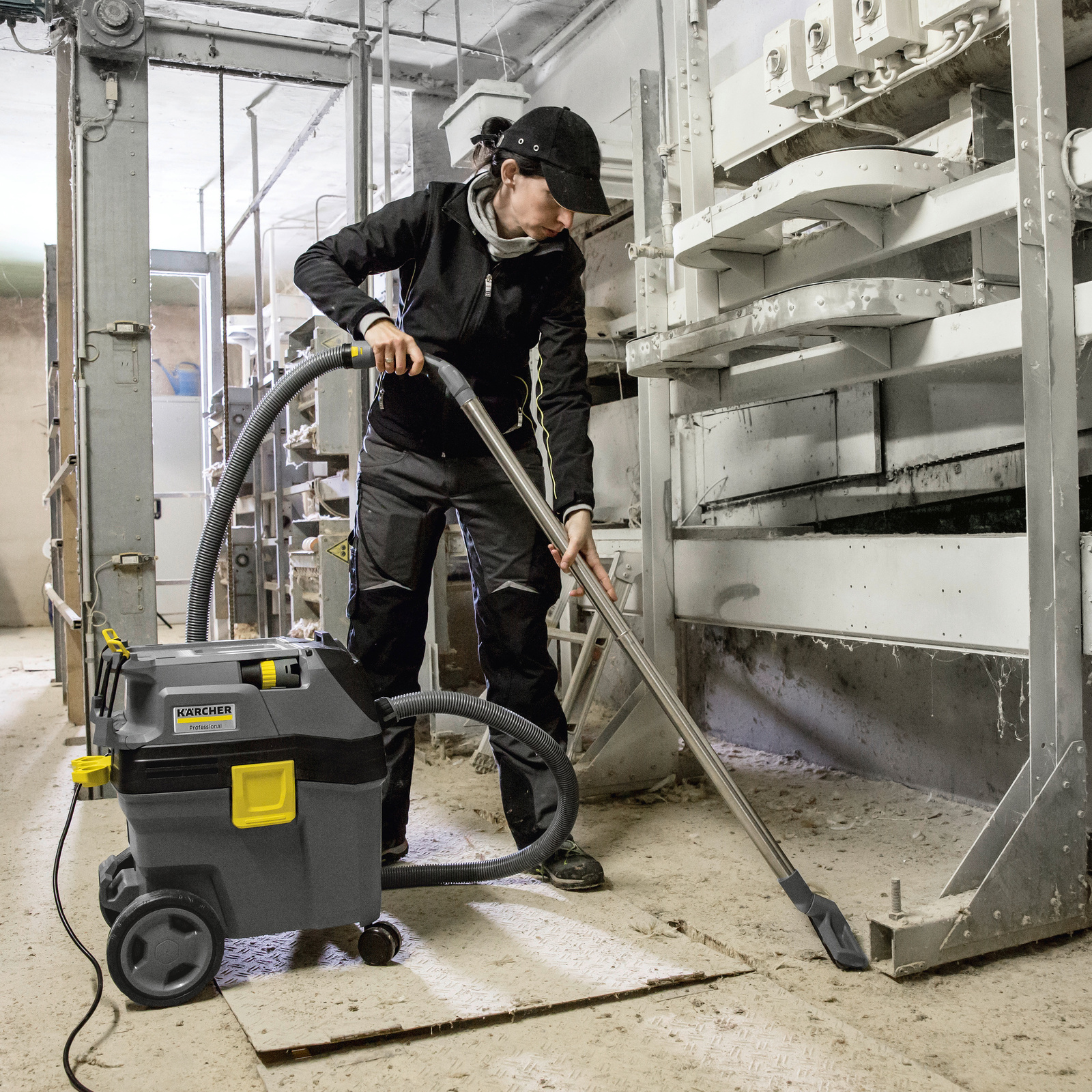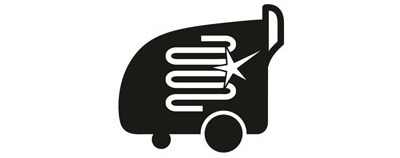Avian influenza: hygiene protects
Avian influenza caused by the influenza virus is highly contagious and means high economic losses for poultry farmers in the event of an outbreak. However, with strict biosecurity and meticulous cleaning, the disease can be prevented.

Avian influenza is a highly contagious viral infection
Avian influenza is caused by the pathogenic influenza virus. It’s also known as bird flu, is highly contagious and usually fatal. Serious epidemics occur time and again. Due to the high mutation rate, there’s no avian influenza vaccination against avian influenza. And even though avian influenza has not yet been detected in humans, the risk of the virus affecting humans is a concern.
Whether egg or meat production, organic or conventional animal husbandry, small or large poultry houses, following regulations means that in the event of an avian influenza outbreak, the emergency slaughter of the animals is necessary. This means economic losses for the farmer. In the fight against the disease, poultry farmers must therefore focus on prevention. The key to this is biosecurity, a code of conduct that encompasses all areas of poultry farming. This includes codes of conduct for employees and meticulous cleaning with suitable equipment.
Fighting avian influenza: preventing transmission
The virus can enter the poultry house in various ways. With meticulous hygiene, it can be effectively prevented. Poultry farmers should keep the following ways of avian influenza transmission in mind:
-
Vehicles
Vehicles are also a source of danger; this is because it’s unclear where the livestock transporter or feed supplier has been. It could be carrying the virus in the tire tread.
-
Animal stock
Despite all precautions, the virus can also lurk inside the poultry houses. Even if only a few birds were sick with avian influenza and the symptoms went unnoticed due to the birds being ready for slaughter, it can spread quickly. To prevent this, thorough cleaning and disinfection is essential each time the flock changes.
-
Wild birds
Wild birds are the main hosts of the virus. Poultry farmers cannot totally prevent wild birds that have contracted avian influenza from flying over their premises, landing there, and leaving behind droppings, food scraps and feathers that are then carried into the premises by people, tools, or machinery. However, the risk of infection by wild birds decreases if the farm is unattractive to wild birds. Keeping outdoor areas clean and free of feed and dirt is an essential step. Likewise, feed and farm supply storage areas, as well as the poultry house itself, should be made wild bird proof: by curtaining all open storage areas and closing all cracks, crevices, and holes. Doors and gates should also be closed at all times to prevent wild birds from flying into the buildings.
-
People
Another risk of avian influenza transmission comes from humans. Anyone who enters the poultry house can carry in the virus either by carrying the virus on skin, hair, clothing, or shoes, or by bringing in contaminated, tools, feed, or equipment. Therefore, a clear separation of the outer and inner farm areas is important. The transition area must be equipped with all the cleaning equipment necessary to ensure that viruses are kept out.
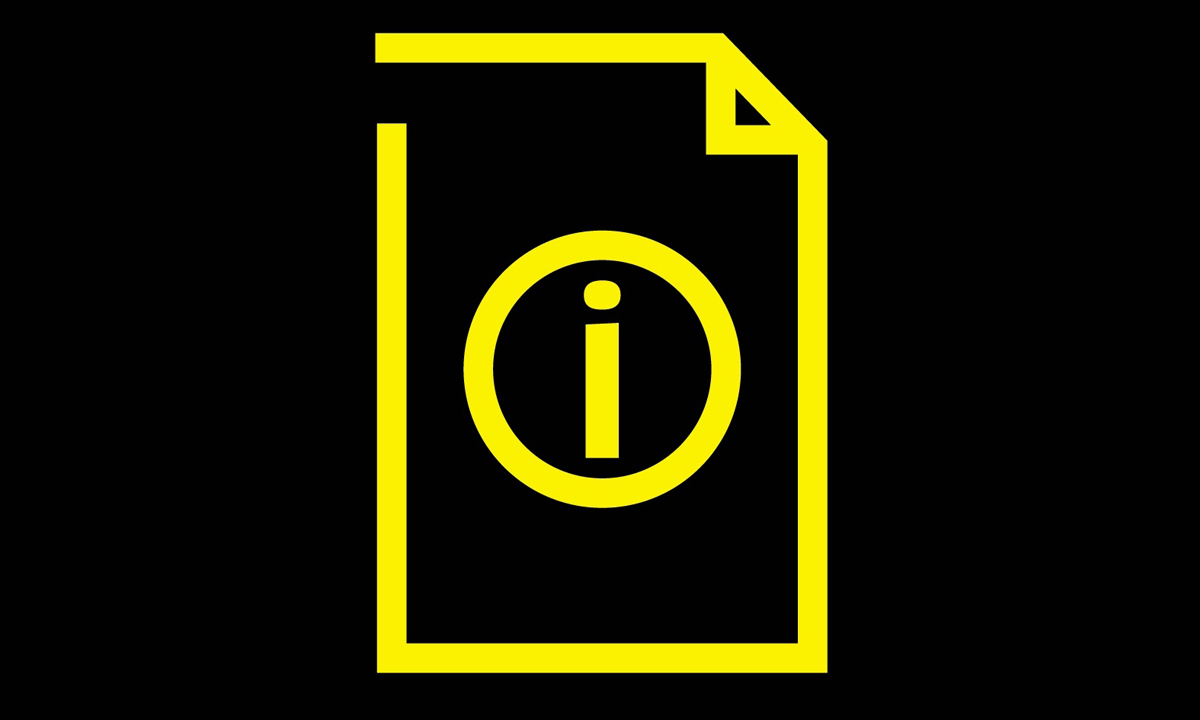
Comply with biosafety regulations
Most of the time, a lot is already accomplished when poultry farmers strictly adhere to biosecurity regulations. The vet is an indispensable contact for information.
Many measures to protect against avian influenza have to do with the organisation of the farm: Who has access to the premises and to the poultry houses, where are vehicles allowed to drive, stop, and load or unload, where and how are feed and operational resources stored, is it compulsory to keep poultry indoors at the first signs of avian influenza? And how does the farmer ensure the rules are being adhered to: written plans, instructions and control by superiors, fences, doors and gates, cameras, security personnel? Here are some starting points to ensure compliance with access and hygiene regulations.
Best protection against avian influenza: hygiene
A crucial aspect of hygiene is cleaning. Here, it’s important to know and apply the most effective methods for the particular application. This includes frequent cleaning routines, professional procedures and efficient equipment.

Prevent and control avian influenza with outdoor hygiene measures
Tip 1 – Supply and disposal on the poultry farm:
Ideally, all farm supply and disposal such as delivery of young birds, feed, as well as the collection of eggs, slaughter animals and carcasses, is done off-site using ramps and pipe connections. Connections for hot water high-pressure cleaners should also be located near loading and unloading points.
Tip 2 – Vehicle access and egress routes:
If vehicles need to access the outdoor area, it’s recommended to separate the access and exit routes. Wash bays and disinfection gates can then be used more effectively.
Tip 3 – Vehicle wash areas:
Washing areas should be located as far away from the stalls as possible. Also, consider the prevailing wind direction, as spray and mist can also carry the virus, and bring avian influenza, into the premises.
Tip 4 – Routine cleaning:
It’s also important to routinely clean the outdoor areas. In the areas between buildings, sweepers remove dust and dirt more effectively than any broom and make the work much easier. Where the ground is smooth enough, wet/dry vacuums can also be used. A clean outdoor area provides little incentive for wild birds to land, significantly curbing an infection risk.

Indoor avian influenza control: different equipment for various zoned areas
Disinfection mats at entrances
There should be disinfectant mats in front of all entrances.
To protect against avian influenza, the disinfectant must be changed regularly and the areas around the mats must also be cleaned.
Hygiene sluice between the poultry house and the outside
Modern poultry houses are shielded from the outside world by a hygiene sluice, where all house visitors shower and change clothes before entering the poultry house itself. The sluices can only fulfill their function if the inner area in is kept clean.
Cleaning: Zoned areas
Steam cleaners and wet/dry vacuums ensure effective yet time-saving cleaning. In addition to walls, floors, and shower rooms, lockers as well as shoes need to be cleaned. For the locker room, the office and, the like, scrubber-dryers have proven their worth, achieving a good result in a short amount of time.
Leave cleaning and working tools in the poultry house
Cleaning, work tools and work shoes should not leave the poultry house. Work clothes should be added directly to the washing machine in a closed container. For larger quantities of washing, it’s recommended to purchase a separate machine for the mostly heavily soiled poultry house clothing.

Documentation and training against avian influenza
It’s recommended to use the time saved by efficient cleaning to check the poultry house for any possible damage. As cracks, crevices, and holes are breeding grounds for bacteria and viruses and gateways for rodents and insects. These can also introduce pathogens and must therefore be regularly checked and repaired.
In addition, poultry farmers should document all hygiene measures to keep track of them and teach their employees about cleaning routines. Choosing cleaning equipment that’s easy to use can save time during training.
The above measures not only reduce the risk of avian influenza but they also protect animals from other infectious diseases.
Effectively eliminate avian Influenza transmission with hot water high-pressure cleaner
Hot water high-pressure cleaners are the first choice for cleaning poultry houses including floors, walls, ceilings, aviaries, and perches and depending on national regulations, cages as well as feeding equipment. Since hot water dissolves dirt, including viruses and bacteria, much better than cold water, a thorough cleaning cycle with hot water at 85 °C is sufficient. This approach saves up to 40 % cleaning time per poultry house, even without detergents. In addition, surfaces cleaned with hot water dry more quickly, allowing subsequent disinfection against avian influenza to begin sooner.
High biosecurity is achieved with stationary pressure washers permanently mounted in the poultry house, which can help to stop the spread of germs. However, smaller farms can also ensure a high standard of hygiene with mobile equipment. Mobile cleaning equipment must remain outdoors or in the vestibule at all times, and each barn building should have its own hoses with a spray gun and lance.
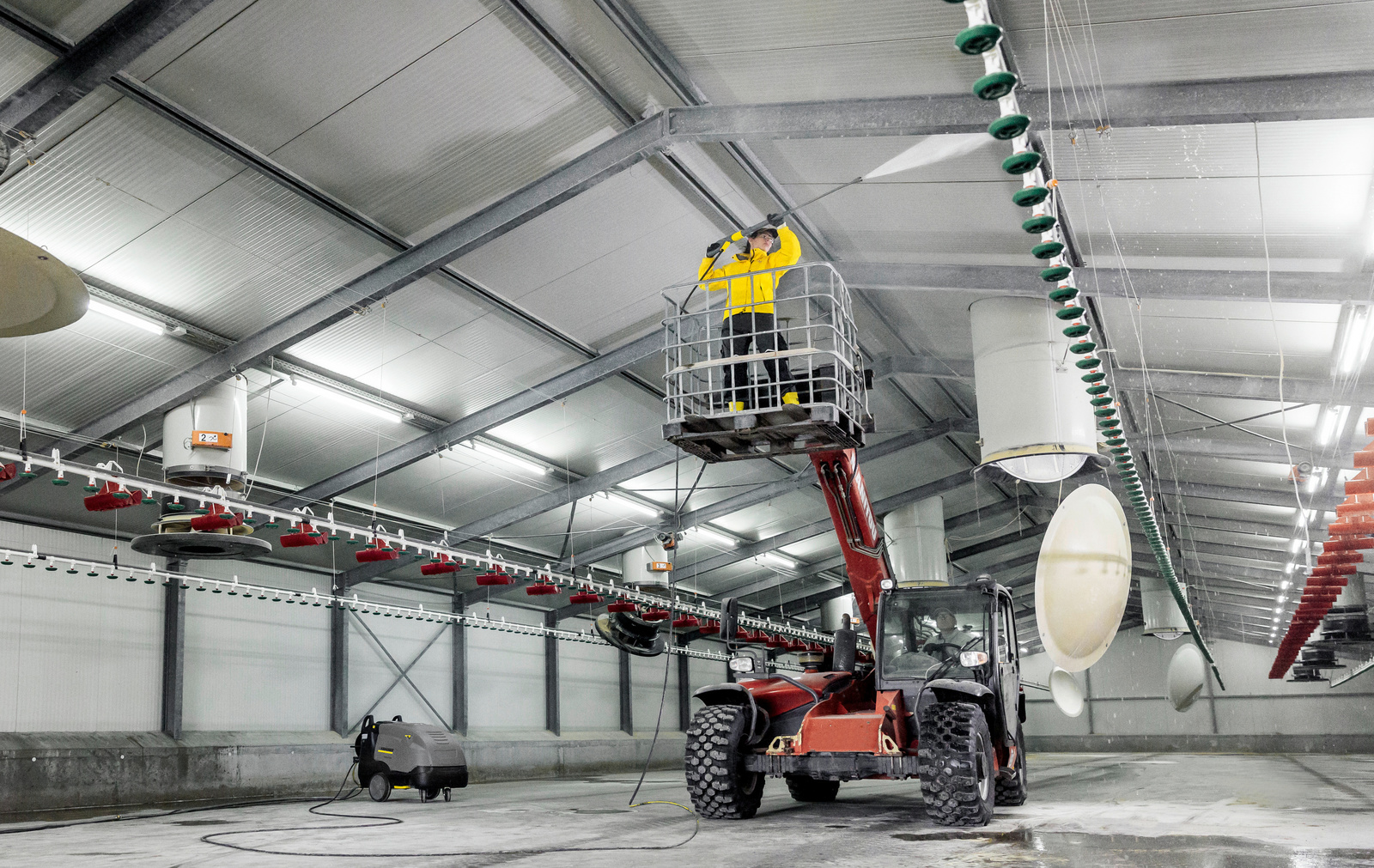
Advantages of hot water high-pressure cleaners
Cleaning with hot water: High-pressure cleaners clean even better at a constant pressure. Alongside improved results and faster cleaning and drying times, hot water high-pressure cleaners also have a measurable germ-reducing effect. When the steam stage is used, even delicate surfaces can be gently cleaned with temperatures of up to 155 °C. Furthermore, the machines allow for a reduction in the working pressure, the time required and the volume of cleaning agent that is used. This means that cleaning with hot water offers a number of advantages and various possibilities for optimising the cleaning process.

